- Best Practices ●
- COVID-19 ●
- Industry Trends ●
- Partners ●
- Product ●
How China is Using QR Codes to Detect and Stop Coronavirus
China is using QR Codes in a multitude of ways to detect and manage the spread of the coronavirus outbreak across the country. In addition to its color-coded QR Code system for health management and public area access, China also created no-touch elevators and contactless QR Code payments for taxes.
-
Table of contents
- What are QR Codes and why are they so useful?
- How can QR Codes help with social distancing and contactless payments during the coronavirus?
- How badly has China been affected by the coronavirus pandemic?
- How China is using QR Codes to fight the coronavirus
- Chinese officials track coronavirus with color-coded QR Codes
- Coronavirus detection on transportation
- Contactless public building access
- Shanghai Disneyland uses QR Codes to improve health measures
- Tax payments via QR Code
- No-touch elevators
What are QR Codes and why are they so useful?
QR Codes are made up of small pixels within seven elements that form a square. This square shape is what makes them readable in both horizontal and vertical directions, making them easily scannable with any smartphone. They can hold large amounts of data, are extremely damage resistant, and also speed up content loading times with short URLs.
QR Codes are becoming increasingly popular on a global scale due to their wide range of functionalities. They can be used to create digital business cards and connect users to a brand’s digital content from both print and digital mediums, including websites, videos, images, sound files, events, coupons, and much more. This is just one small part of how useful QR Codes are during the coronavirus pandemic, particularly in China.
How can QR Codes help with social distancing and contactless payments during the coronavirus?
Many companies have begun implementing QR Codes to encourage social distancing and enable cashless payments. This works because QR Codes don’t require any physical contact to function, are usable for anyone with a smartphone, and have no limit to the distance between the QR Code and the person scanning it. As long as the QR Code is large enough and has high enough image quality, QR Codes can be scanned from very far distances—as high up as billboard ads or even further. No physical touch means QR Codes are safe to use during the coronavirus pandemic.
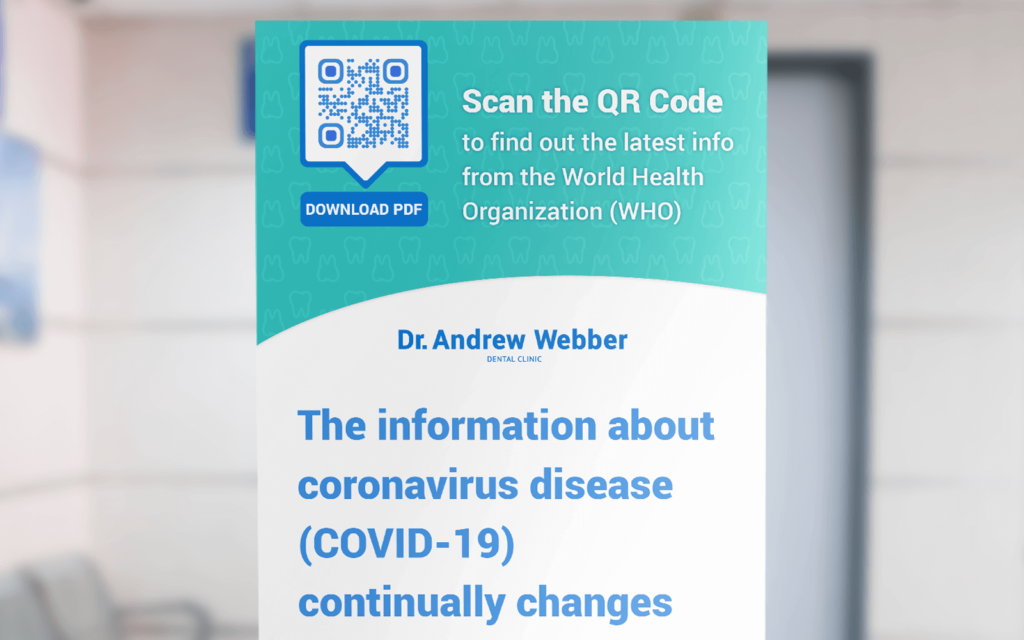
So, due to the unfortunate fact that coronavirus can be spread through contaminated surfaces, many companies, hospitals, and government entities are trying to replace cash payments with contactless QR Code payments, as well as general QR Code use to help communicate with customers and the general public. The intent is to continue generating the essential revenue they need to get through the pandemic, as well as keeping customers safe and well-informed. For example, as many restaurants have to close down, they can use QR Codes to inform consumers about how to make online takeout orders.
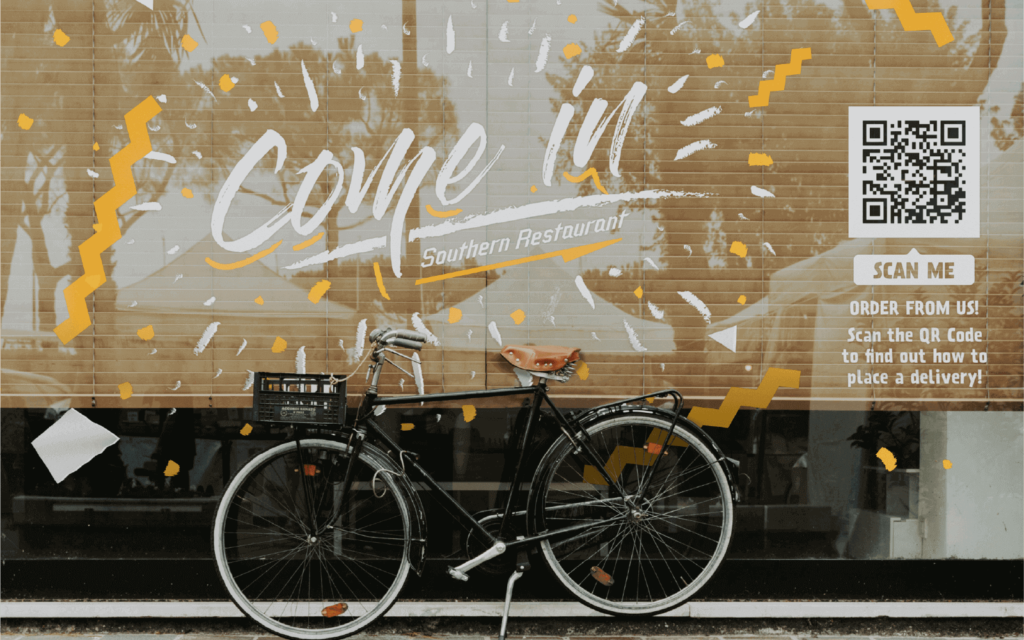
How badly has China been affected by the coronavirus pandemic?
With over 83,000 confirmed cases as of April 1st, 2020, China has been one of the hardest-hit countries from the coronavirus pandemic. In Wuhan, the center of the coronavirus outbreak, the city had to be quarantined on a scale that was unprecedented in history. The city of 11 million people was put into complete lockdown as of January 23, 2020, and citizens were no longer able to use any public services, except for essential businesses selling food and medicine. Some locations had to further restrict shopping as much as one family member every two days. As the coronavirus cases increased, similar measures were implemented across the country in the virus epicenters.
Nonetheless, these tough regulations did make serious headway in deterring the disease. Two months later China reported no more domestic cases of coronavirus as of March 19, 2020. Much of the success in stopping further coronavirus cases can be attributed to China’s heavy use of technology. In addition to cleaning robots, drones, and AI technology, QR Codes have been one of the technology heroes of the coronavirus pandemic.
How China is using QR Codes to fight the coronavirus
The following examples outline just how well China has used QR Codes as its technological weapon against the coronavirus. QR Codes have proven themselves to be highly effective in helping citizens avoid touching potentially contaminated surfaces, detecting the coronavirus, enabling contactless building access, and even paying taxes.
Chinese officials track coronavirus with color-coded QR Codes
One of the major ways that China has used QR Codes to stop the coronavirus is to organize how the city was managed according to the level of risk of potential contamination. The Alibaba Group who developed the popular payment app, Alipay, launched a new feature that assigns color-coded QR Codes that represent a particular health status.
The way this works is that users scan another QR Code (such as from a poster in the above image) to download an online report and provide information about their recent travel history, any potential symptoms, and their ID number. Once the form is complete, they get either a green, yellow, or red QR Code that describes their health status. This QR Code is then used to allow access to public areas, and notify the health authorities of potential coronavirus cases.
Green means that a person has been cleared of needing any medical management and can go places as they please. Yellow means that the individual has come from a potentially contaminated area over the last 14 days and has to stay home for at least 7 days. Red refers to people who have a high risk of carrying the virus and who haven’t been discharged. They aren’t allowed to access public areas and must stay home for the time being. Overall, the initiative was quite successful with somewhere between 92% and 95% of the population being able to use it. Due to its success, Alipay has made the same feature available across the country.
The color-coded QR Codes are applicable for many public access entrances, in particular for subways as seen in the above video in order to ensure that those areas are still safe to use for those that don’t have the virus.
Coronavirus detection on transportation
In a similar manner as Alipay, Tencent also created a QR Code system for WeChat, China’s most popular social media platform. Passengers have the option to scan a QR Code on a subway, bus, or taxi to submit their information to a “ride registration “code. This system will then synchronize names with boarding time or vehicle license plate. If a passenger is discovered to be infected, other passengers nearby will get a warning, which helps keep passengers aware of potential contaminations.
Contactless public building access
In addition to subway access, the color-coded QR Code system has also been used to ensure that public areas are safe for residents and visitors. This includes residential and commercial buildings, such as grocery stores and markets. Anyone entering the premises must show their QR Code to go shopping, as well as upon leaving the area. If someone doesn’t have a QR Code, then their ID numbers are noted by hand.
Shanghai Disneyland uses QR Codes to improve health measures
As new coronavirus cases across China finally began to decline, Shanghai Disney Resort decided to partially reopen. In order to lessen any chance of potential contamination, anyone entering the park will go through temperature screening procedures, need to wear a mask, and present their color-coded health QR Code for areas like the dining venues.
Tax payments via QR Code
Coronavirus not only helps China to detect and control the coronavirus, but it also helps citizens to make cashless payments. The NetsUnion Clearing Corporation is promoting an initiative to make tax payments with QR Codes on WeChat or Alipay. Although the initiative was already in place one year ago, they plan to inform more Chinese citizens about how it works to help stop coronavirus spreading from touching cash.
No-touch elevators
Elevators are public access areas that are hard to operate without touching buttons. So, China has used QR Codes to create a no-touch elevator. Users scan the QR Code using WeChat and then are asked about which floor they’d like to go to. There is absolutely no touching involved to get to that floor or use the elevator.


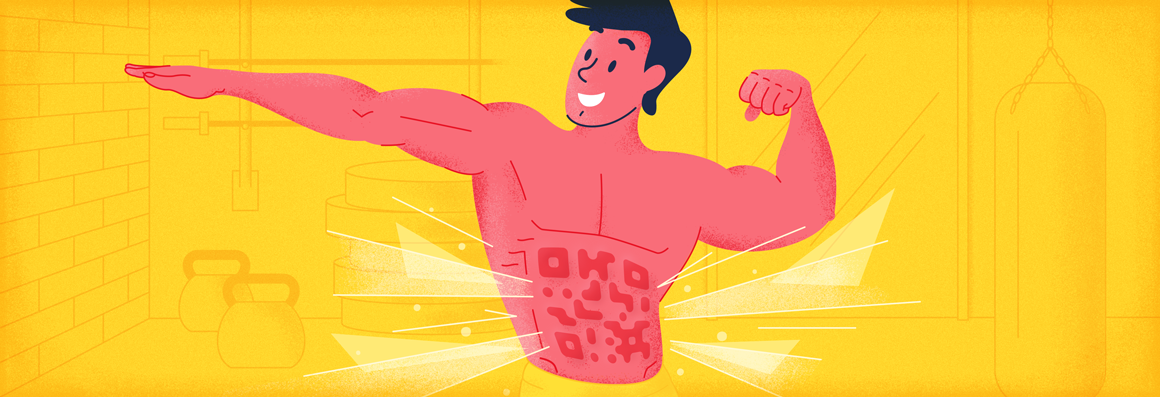
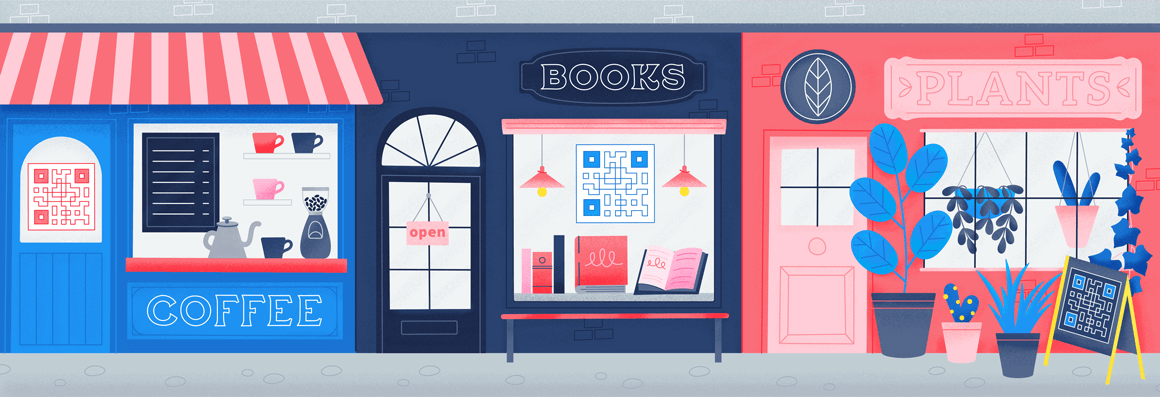
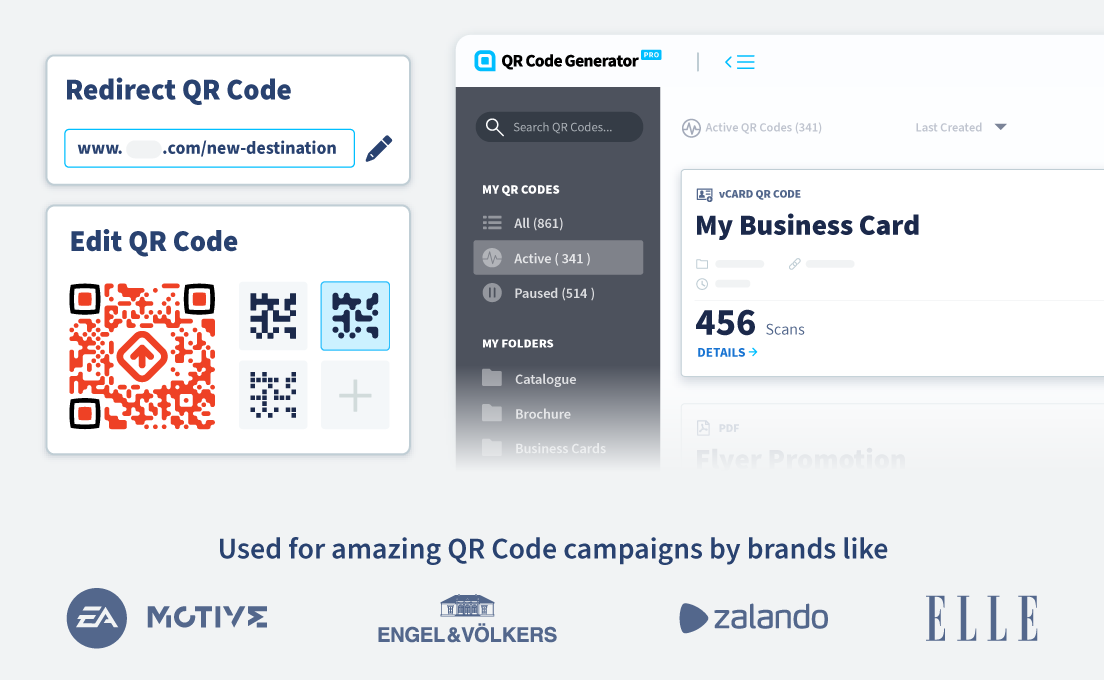
 Add custom colors, logos and frames.
Add custom colors, logos and frames.
